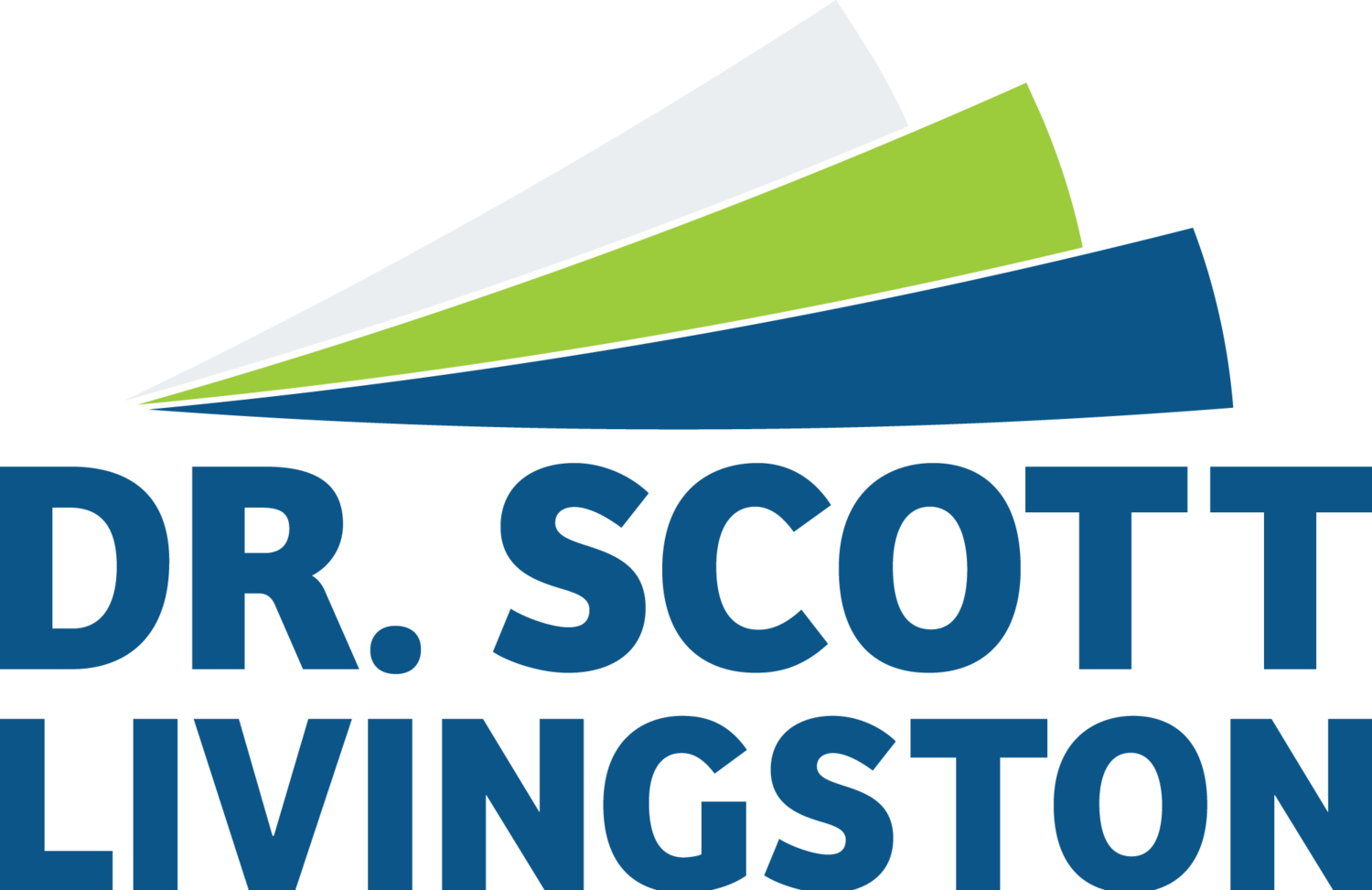In the ever-evolving landscape of today’s leadership, it is crucial to continually reassess and adapt strategies for sustained success. As we continue to embark on another year of growth and development, it is imperative to reflect on the trajectory of our coaching practices, the relevance of our work, and our fulfillment within our professional endeavors. Let's delve into the currents of leadership momentum and explore actionable insights to navigate these dynamic waters.
As we go through a journey of introspection and planning for the future, it is essential to contemplate the evolution of our coaching practices. Amidst the influx of new clients, questions about the shape and direction of our practice arise. How many new clients will we engage with during the rest of the year? What transformations await both ourselves and our clients? By meticulously examining these inquiries, we pave the way for proactive planning and a mutually fulfilling year.
Moreover, a critical aspect of our professional growth lies in evaluating the relevance of our work with clients. Reflecting on past engagements offers invaluable insights into the effectiveness and significance of our contributions. Are the services we provide still relevant in today's rapidly evolving landscape? Are they meeting the evolving needs of our clients as they navigate their complex organizational challenges?
Momentum
Drawing inspiration from the concept of momentum in personal finance, we can apply a similar principle to assess our professional relevance. Just as our past performance informs future investment decisions, our past endeavors shed light on the trajectory of our impact and effectiveness. By conducting a thorough momentum analysis of our experiences, we can gain clarity on areas of strength and opportunities for growth.
Here are four key observations gleaned from this reflective process:
1. Cultivating Emotional Intelligence: In a world driven by cognitive prowess, emotional intelligence emerges as a cornerstone of effective leadership. These insights resonate deeply, emphasizing the pivotal role of emotional skills in fostering success, character, and meaningful relationships within organizations.
2. Fostering Relational Empathy: Amidst societal polarization, the art of empathetic understanding becomes increasingly scarce. As leaders, transcending our perspectives and embracing empathetic engagement fosters cohesion and collaboration amidst diverse viewpoints.
3. Embracing Flexibility in Ambiguity: In times of upheaval and uncertainty, the ability to adapt and thrive in ambiguity emerges as a defining trait of resilient leadership. Embracing a "new normal" requires a shift towards emotional flexibility and a proactive approach to navigating turbulent waters.
4. Nurturing Talent Connections: Despite economic fluctuations, investing in talent remains paramount for organizational success. Proactive engagement with talent fosters loyalty, innovation, and a robust foundation for future endeavors.
These observations serve as catalysts for meaningful dialogue and introspection.
Do you resonate with these insights, or do you have unique observations to share from your organizational context?
Let's embark on a journey of exploration and collective learning as we navigate the currents of leadership momentum together!




















